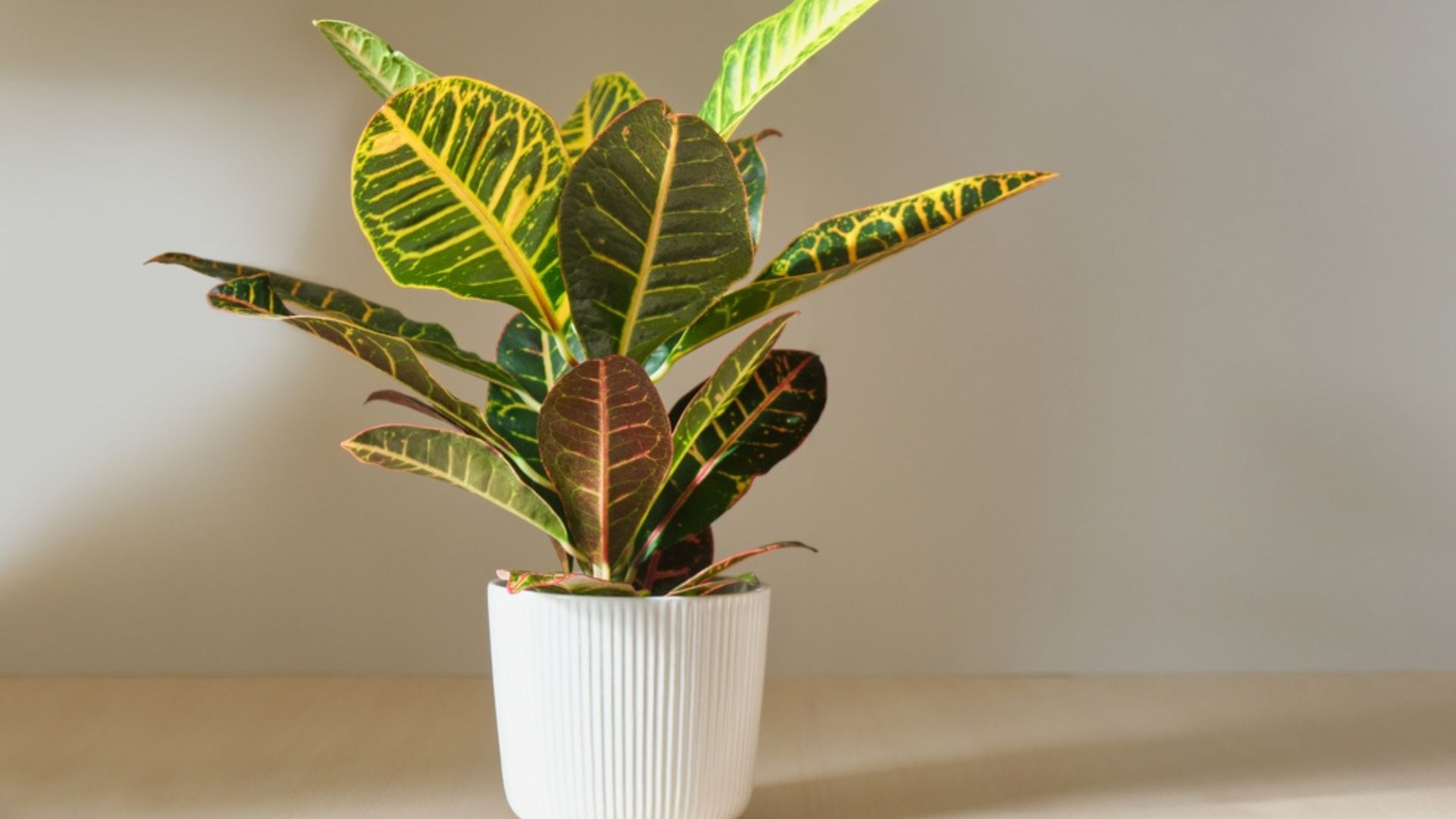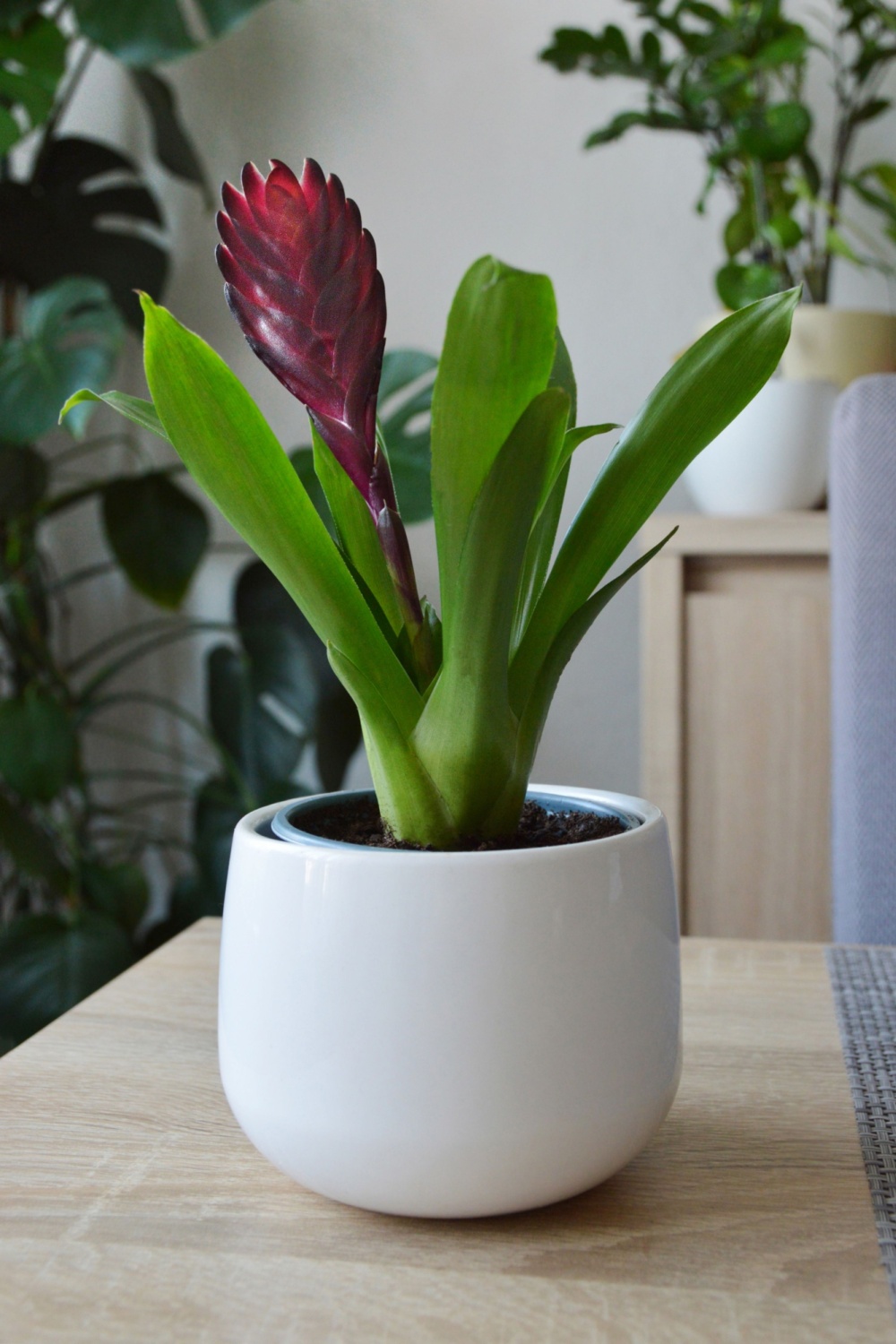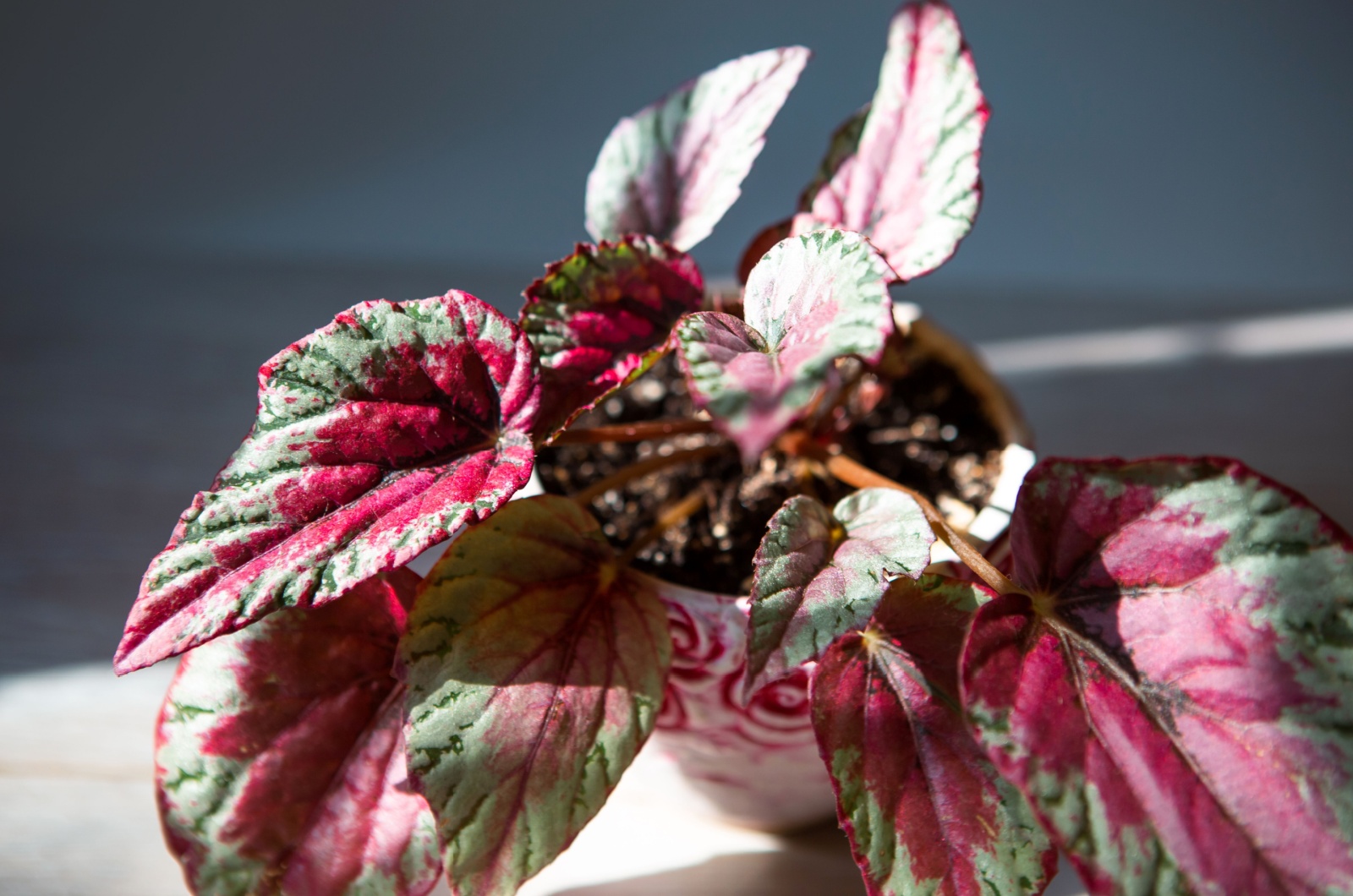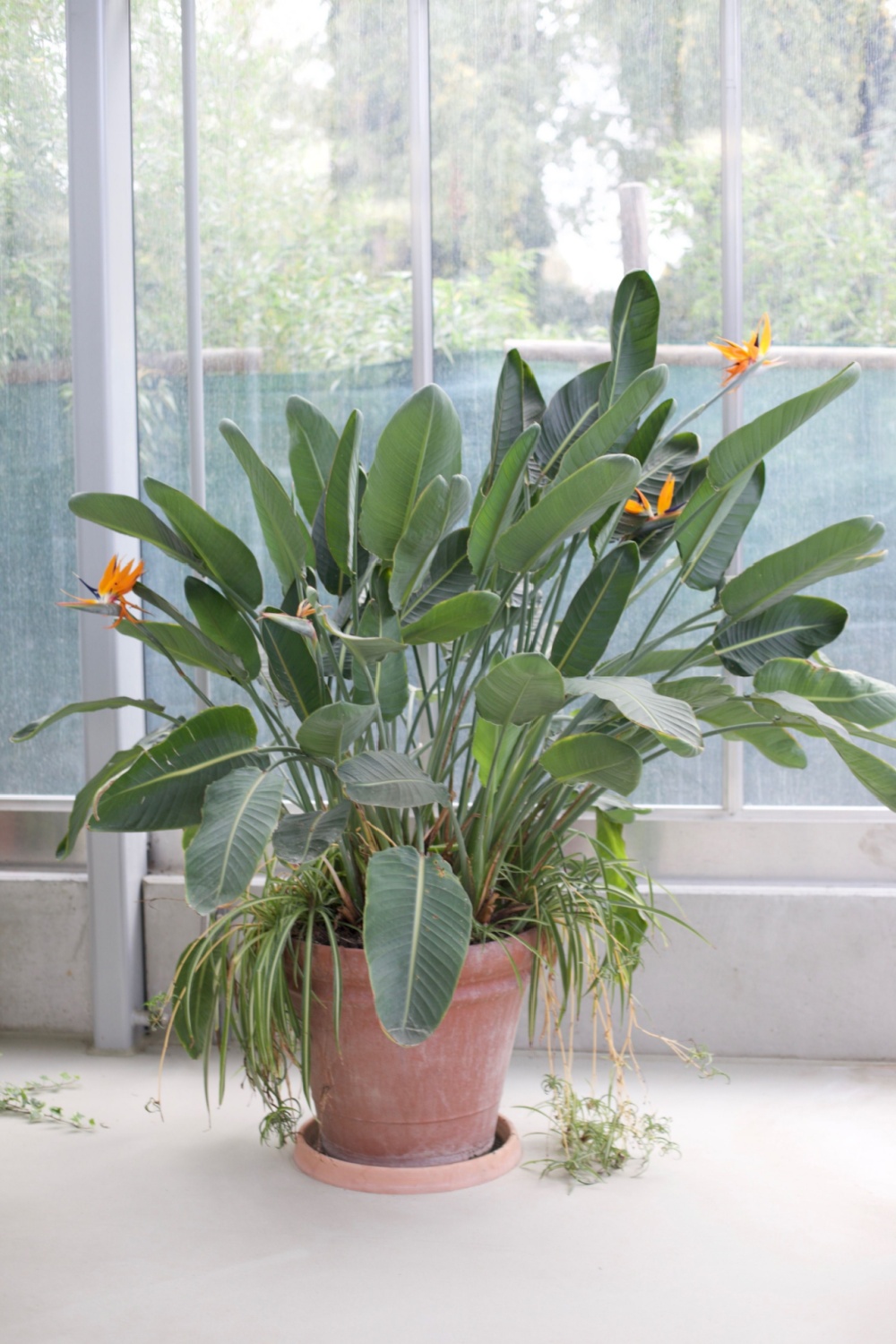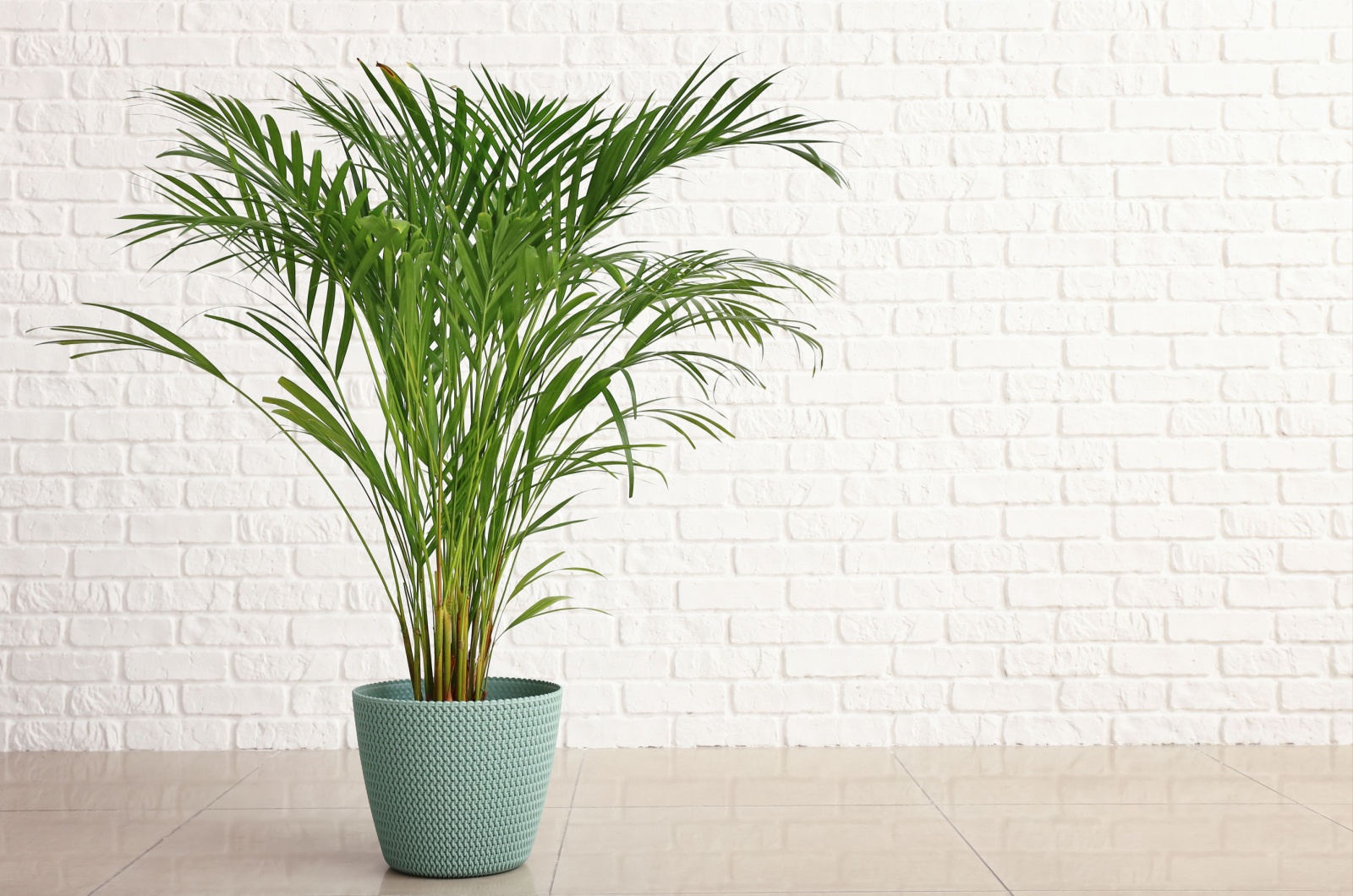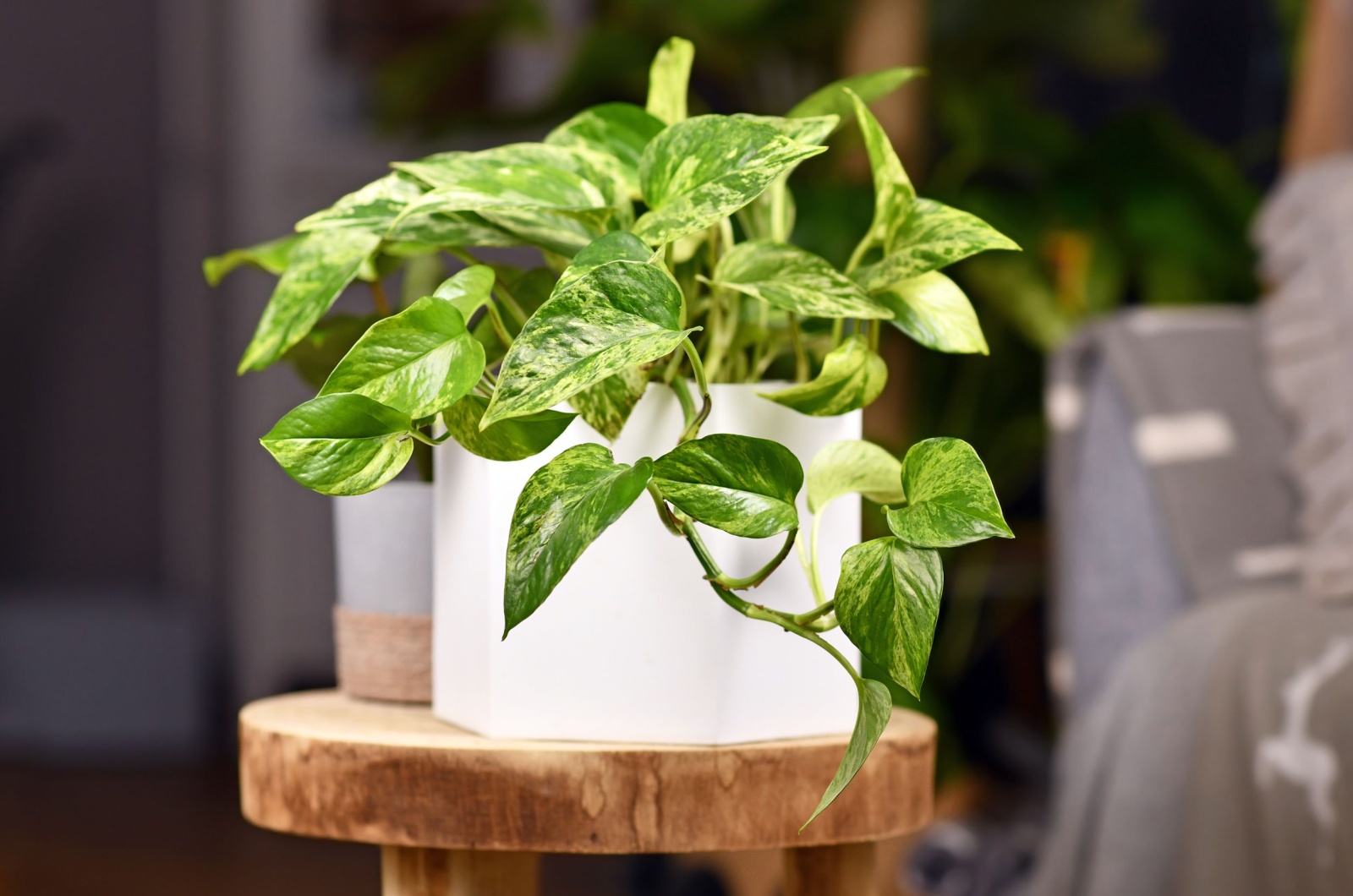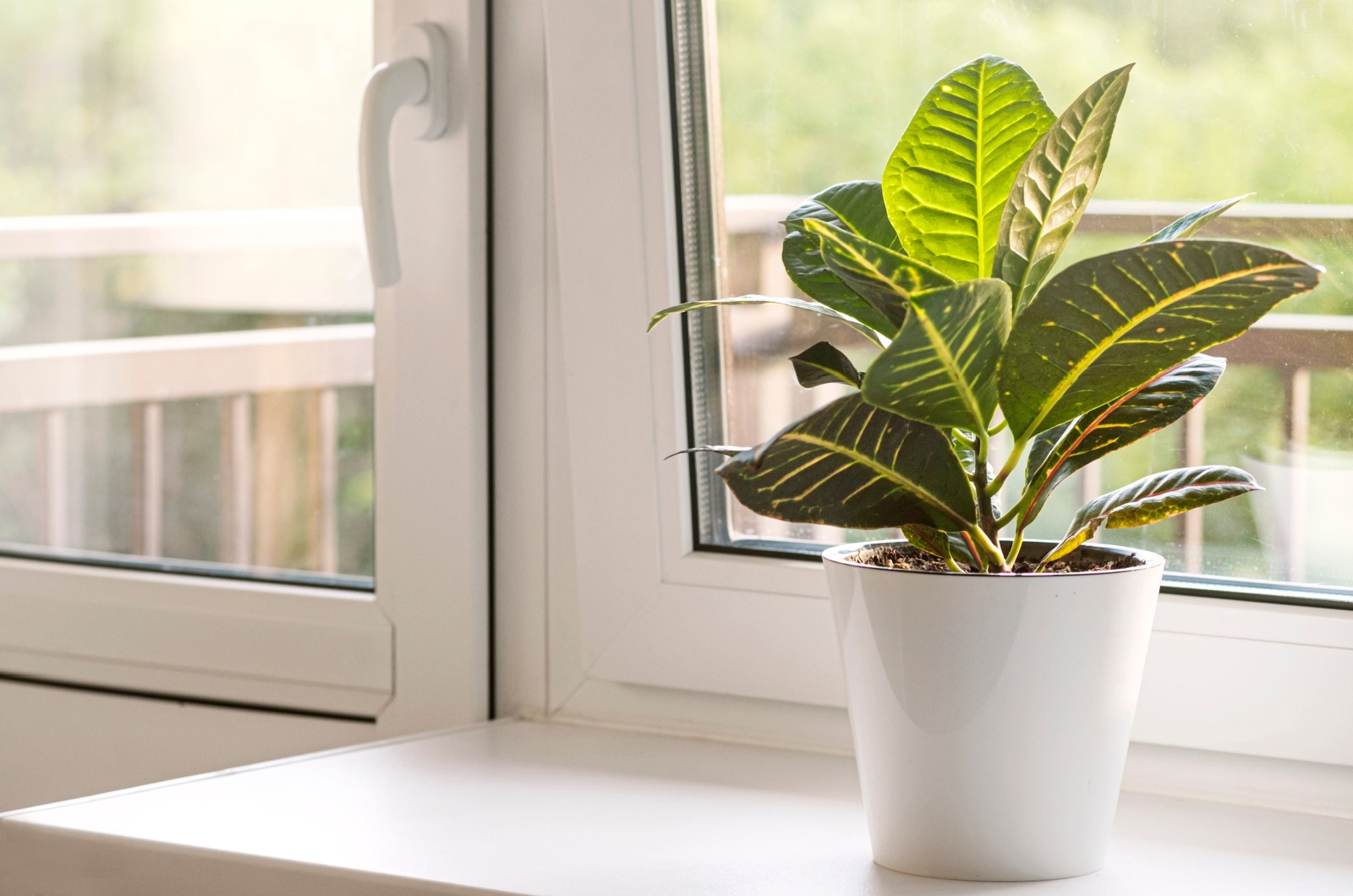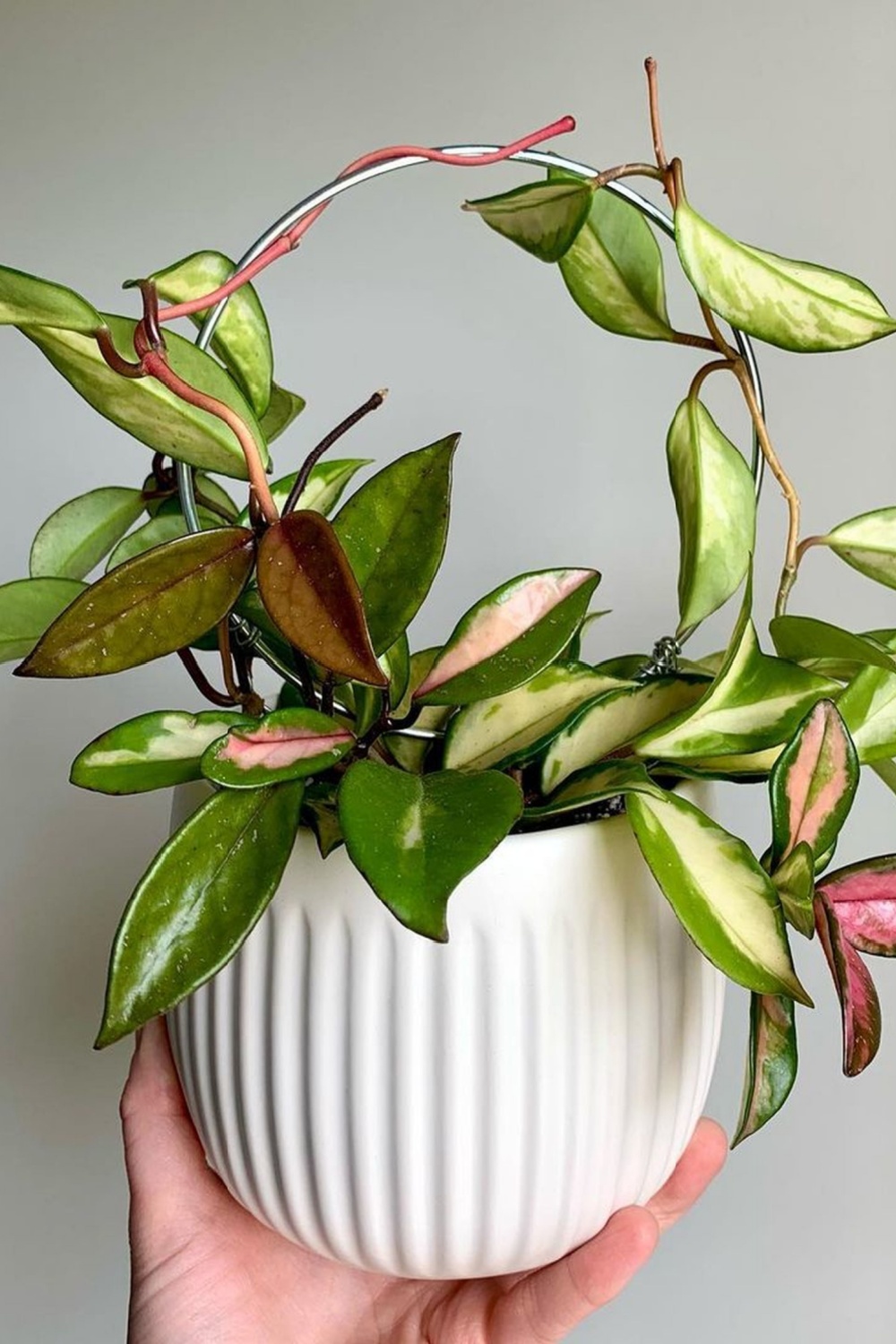Summer is coming, everyone! I can’t decide what excites me more: the warm temperatures or the fact that my plants will be at the peak of the growing season!
Well, it’s probably the latter. Houseplant lovers, this news just got even sweeter! The majority of indoor plants sleep during the winter, wake up in spring, and grow best in summer.
What if I told you there’s a way to encourage even more growth and get the most out of these plants during the warmer season? Yes, it’s possible and all it takes is moving them outdoors!
The top two reasons this idea is a winner are that it boosts humidity and bathes your plants in natural sun! A patio, backyard, and even a balcony are all ideal locations for these beauties.
Even though many houseplants could gain from this relocation, some will reap even greater rewards!
See if you have any of these and let them reach their full potential!
1. Give Your Bromeliads A Sun-Kissed Makeover
If I’ve learned anything from growing bromeliads for over 10 years, it’s that they thrive if given bright indirect light and lots of humidity.
USDA hardiness zones 9 through 12 offer conditions where your bromeliads will flourish outdoors during warm summer months.
A fact about these tropical beauties that might surprise you is that they have a so-called “tank” that allows them to store water in their crown. My outdoor bromeliads thrive and they only receive rainfall!
Just make sure you plant them in quick-draining soil because if there’s one thing bromeliads hate it’s wet feet!
I mentioned that these species enjoy bright indirect light and that’s what you should ensure if you bring them outdoors. Direct sun rays may burn the foliage, so providing them with some shade is crucial.
A spot under a tree will work perfectly! If you don’t have any trees, simply protect the plants with a shade cloth.
2. Peace Lilies Enjoy Spending Time Under The Summer Sky
Peace lilies are one of the most common houseplants but some gardeners keep them outdoors in summer! Well, they know exactly what they’re doing!
If you live in USDA zones 11 and 12, you should do it, too! These plants are native to tropical regions, and summers in these hardiness zones offer similar conditions.
Here in Florida, you’ll see large potted peace lilies kept on patios, and now you know the secret.
Don’t forget to feed your peace lilies twice a month with either a fish emulsion or some organic granular fertilizer.
One more thing, don’t get carried away with watering; irrigate only after the upper part of the soil dries out!
3. Tropical Begonias Need To Catch Some Rays
Another plant that can adorn your outdoor summer garden is the spectacular begonia. Of course, this relates to species grown as houseplants: rex begonias, polka dot, and beefsteak begonias.
If you live in zones 10 and 11, put relocating these houseplants at the top of your to-do list!.
Begonias are famous shade-loving plants, so make sure to protect them from harsh afternoon sun.
For best results, feed them with an all-purpose fertilizer as soon as they display new growth. I also add a layer of worm castings over the soil to add even more nutrients.
4. Tropical Ferns Will Soak Up That Sunshine
You’ll find so many fern species in garden centers and the vast majority of them are grown as houseplants. Maidenhair and Boston fern are probably the most common but other varieties look just as captivating.
But no matter which fern you grow, you need to know one thing: they all love high humidity and shade!
If you have a shady part in your backyard where most plants can’t survive, just put ferns there and witness the magic.
To avoid any damage, you should wait until the nighttime temperatures go above 50 degrees Fahrenheit.
And if you’re afraid your ferns won’t get enough humidity, just add water over the ground where the container sits, and it will increase the humidity. We all love those old-school tricks, right?
5. Sunbathe Your Bird-Of-Paradise, Too
The easiest way to get a tropical vibe indoors is to grow a bird-of-paradise plant. Of course, this refers to those who live in cooler climates because these plants do just fine outdoors in USDA zones 10 through 12.
If some of you didn’t know these plants can thrive outside, well, the secret’s out – time to let them shine!
I have to mention that these plants really love the sun, and even though they can grow in partial shade, they simply won’t reach their full potential.
However, don’t suddenly expose them to direct sunlight! Do it gradually; start by leaving them for two hours in the morning sun and then increase the time they spend in the sun day after day.
If you want more blossoms, add some blood meal or manure!
6. Orchids Enjoy Spending Time Outdoors
Shocked, right? Orchids definitely aren’t plants you’ll commonly see in backyards or patios. But the truth is they’ll enjoy every second they spend outdoors. Of course, as long as all their requirements are met.
Many growers call these plants drama queens, so why risk it if it’s so hard to maintain them even indoors? If you think the same, you’ll be delighted to hear they become easier to care for if kept outdoors.
They’ll have enough humidity and light, but make sure it’s not direct.
7. Make Your Indoor Tropical Palms Feel At Home
Nothing screams summer and beach time like tropical palms! Even if you don’t have a pool or live near the sea, you can still capture that vibe and bring the coast to your doorstep.
Take your palm trees outdoors and enjoy watching them thrive!
You’ll need to find a sunny location in your garden when relocating your indoor palms. However, be careful with the variety, since some may thrive in full sun while others prefer some shade.
Don’t forget that summer is the perfect time to feed your palms. Choose a balanced fertilizer and make sure it has a lot of magnesium for better results.
8. Give Your Pothos An Outdoor Summer Getaway
Who doesn’t like a pothos plant? It’s definitely one of the easiest to maintain and it looks absolutely fantastic.
If you transfer them outdoors for the summer, you can actually expect them to double in size. Incredible, right? They love humidity and warm temperatures but make sure you bring them indoors once the fall arrives.
These are very hardy houseplants. I mean, their nickname isn’t Devil’s Ivy for no reason! But they do not like waterlogged soil, so plant them in a free-draining potting mix and water when the top two inches of the soil dry out.
They’ll also benefit from fertilizing with a nitrogen-rich fertilizer.
9. Let Your Croton Shine Outside
Croton is renowned for its spectacular colorful leaves and low care requirements. You can move them outdoors when the temperatures go above 50 degrees Fahrenheit.
I may be imagining things, but I think the colors become more prominent when the plant is kept outdoors. It’s probably because of the light, but I like to think my care skills are the reason.
Keep them in quick-draining soil and feed them when the season begins and again in late summer.
Crotons are pretty sensitive to direct sunlight, so make sure you put them under a tree or protect it with a shade cloth.
10. Hoyas Also Enjoy Open-Air Bliss!
The blossoms of hoya plants are so mesmerizing that they’ll steal the show and leave everything else in the dust. So, why not use the chance and bring such beauty to your outdoor space?
I keep my hoya in a partially shaded part of my garden so that it can receive full morning sunlight and some shade during the hot afternoon.
Hoyas can survive longer without water compared to other common houseplants, which makes them a perfect candidate for beginner growers.
Add some perlite to the soil for better drainage, feed with a nitrogen-rich fertilizer, and sit back as they flourish like never before!
Now the only thing left to do is move your houseplants outdoors this summer and let them soak up the sun with you. It’s a green getaway for them and a refreshing change for you!

